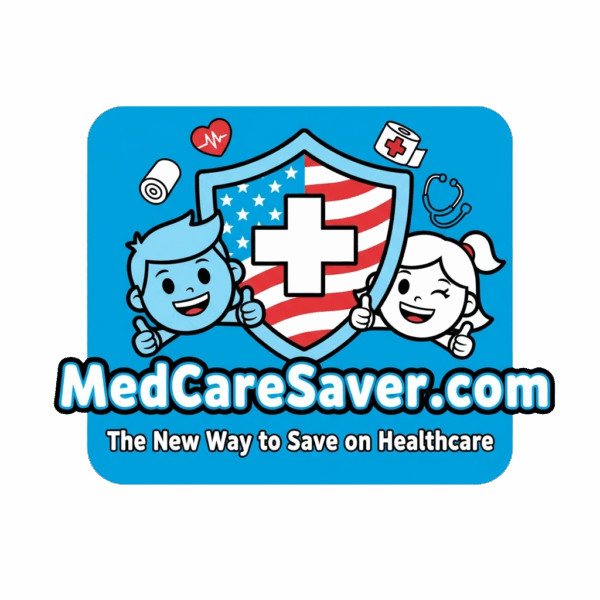Mental Health Matters: Essential Advice for Caring for Your Mind
[ad_1]
The field of medicine is constantly evolving, with technological advancements playing a pivotal role in enhancing patient care and improving outcomes. From telemedicine to artificial intelligence, the integration of new technologies is reshaping how healthcare is delivered. This article explores some of the most significant advances in medical technology and their impact on patient care.
Telemedicine: Bridging the Gap
Telemedicine has revolutionized healthcare accessibility, especially in remote and underserved areas. Patients can now consult with healthcare providers via video calls, reducing the need for travel and minimizing wait times. This technology has proven invaluable during the COVID-19 pandemic, allowing for continuity of care while adhering to social distancing guidelines. As telemedicine continues to advance, future developments may include remote monitoring tools and improved virtual diagnostic capabilities.
Artificial Intelligence: Enhancing Diagnostics
Artificial Intelligence (AI) has the potential to enhance diagnostics by analyzing vast amounts of medical data at unmatched speeds. AI algorithms can identify patterns in imaging scans, such as X-rays and MRIs, aiding radiologists in diagnosing conditions like cancer at earlier stages. Additionally, AI is being used in personalized medicine, tailoring treatment plans based on individual genetic profiles, lifestyle, and environmental factors.
Wearable Health Devices: Empowering Patients
Wearable health devices, such as smartwatches and fitness trackers, have empowered patients to take control of their health. These devices monitor vital signs, activity levels, and sleep patterns, providing valuable data that can be shared with healthcare providers. The rise of wearables has also prompted discussions about patient data privacy and security, necessitating the development of stringent regulations to protect sensitive information.
Robotics in Surgery: Precision and Efficiency
Robotic surgical systems, such as the da Vinci Surgical System, have transformed surgical procedures by allowing for minimally invasive surgeries with greater precision. Surgeons can perform complex operations with enhanced dexterity and control, leading to shorter recovery times and reduced postoperative pain for patients. As robotics technology continues to advance, we can expect even more sophisticated surgical techniques and applications.
3D Printing: Customization in Medicine
3D printing technology is making waves in the medical field, particularly in the creation of customized medical devices and prosthetics. Surgeons can create patient-specific implants and anatomical models for pre-surgical planning, leading to better outcomes. Furthermore, bioprinting is emerging as a promising avenue for creating tissues and organs, potentially addressing the shortage of organ donors in the future.
Big Data and Epidemiology: Predicting Health Trends
The accumulation of big data in healthcare has opened new avenues for research and public health initiatives. By analyzing large datasets, researchers can identify trends, track disease outbreaks, and make predictions about future healthcare needs. This data-driven approach to public health is crucial for developing targeted interventions and improving population health outcomes.
Challenges and Considerations
Despite the promising advancements, the integration of new technologies into healthcare also poses challenges. Issues related to data privacy, the digital divide, and the need for adequate training for healthcare providers must be addressed. Furthermore, ensuring that technological advancements are accessible and equitable for all patients is crucial in order to avoid exacerbating existing healthcare disparities.
Conclusion
Advances in medical technology are transforming the landscape of healthcare, offering new tools and methods that enhance patient care, improve outcomes, and promote wellness. As the field continues to evolve, staying informed and adaptable will be key for healthcare providers, patients, and policymakers alike. Embracing these innovations can lead to a healthier future for all.
[ad_2]













Leave a Reply
Want to join the discussion?Feel free to contribute!